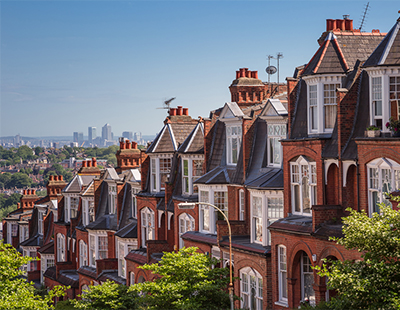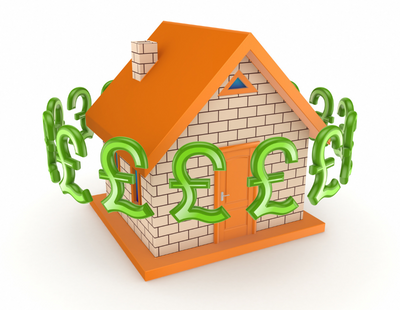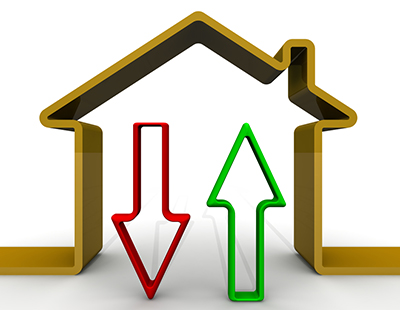Back in 1980, the average price for a house in England was £18,377, but in 2020, homebuyers are now looking at an average of £247,898.
The study from ElectricalDirect highlights that 171% increase hasn’t been caused by inflation alone, but the demand for houses, and buyers willing to pay more to land their dream home.
Conversely, as prices may be going up, sizes are going down. In 1980, UK houses boasted 75 sq m of space on average. This compares to around 67 sq m in 2020, which is an average decrease of 18.61%.
If this trend is set to continue, in forty years’ time houses as small as 53 sq m could be selling for upwards of £422,723.
The table below shows the UK towns and cities where house prices have increased the most:
|
Rank
|
City/Town
|
House price increase (over last 10 years)
|
Average house price (2020)
|
|
1
|
Southend-On-Sea
|
+68%
|
£287,717
|
|
2
|
Bristol
|
+68%
|
£282,596
|
|
3
|
London
|
+67%
|
£773,937
|
|
4
|
Oxford
|
+64%
|
£428,294
|
|
5
|
Slough
|
+62%
|
£290,350
|
|
6
|
Brighton
|
+59%
|
£364,109
|
|
7
|
Gloucester
|
+59%
|
£206,901
|
|
8
|
Milton Keynes
|
+59%
|
£257,736
|
|
9
|
Crawley
|
+57%
|
£282,120
|
|
10
|
Luton
|
+57%
|
£229,040
|
Which areas have experienced the most dramatic house prices?
Southend-on-Sea has become a popular commuter city for workers in London and appears to have also begun to adapt to the notoriously high London house prices, with research showing an increase of 68%.
Similarly, Bristol boasts three universities and has also experienced a 68% increase in house prices, meaning that the average house now goes for around £282,596.
The average house size has also decreased, with Southend reporting a 1% drop, and a 2% decrease for Bristol.
Where have house sizes increased the most?
Between 2011 and 2018, average property sizes in Cambridge have increased by 10%.
However, Cambridge has also experienced a 57% increase in house prices, meaning that although buyers here are getting more space, it will end up costing more.
The county town was followed by Middlesbrough (10%), Sunderland (4%), Telford (4%) and Blackpool (3%).
Newport, Plymouth, Doncaster and Milton Keys also experienced house size increases at 2%.
What’s in store for the future?
As a part of ElectricalDirect’s study, it was predicted that house prices are set to continue to increase as the property market shows no signs of slowing down.
While in England, average house prices currently stand at around £244,180, this figure could almost double in the next forty years, and in 2060 average house prices could be around £422,723, the study claimed.
You can view ElectricalDirect's full study, complete with useful infographics, here.










.png)









Join the conversation
Be the first to comment (please use the comment box below)
Please login to comment